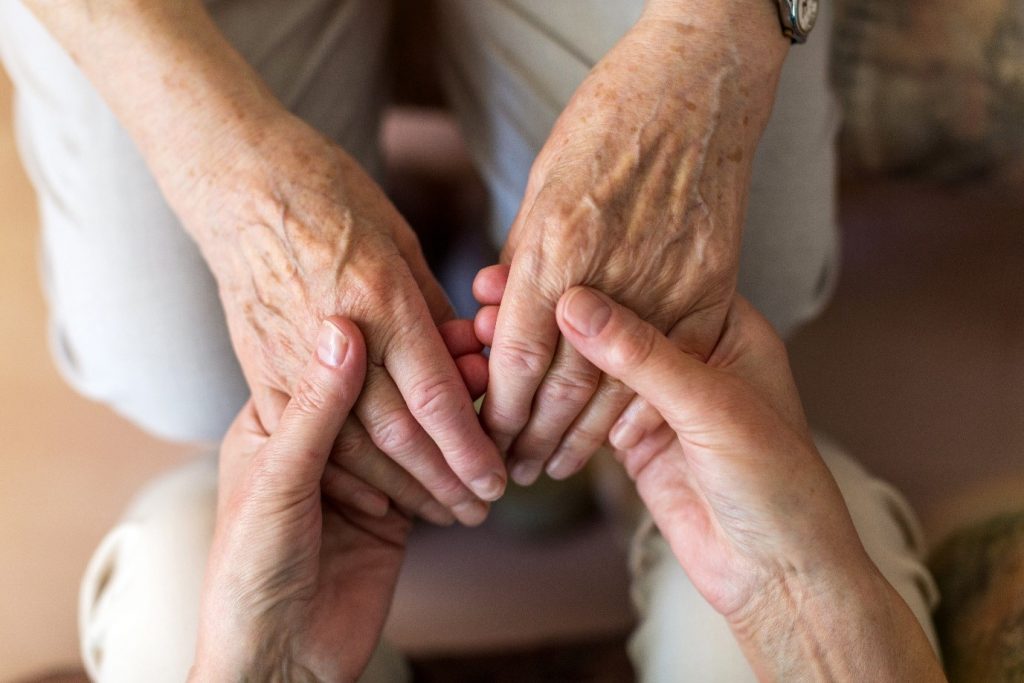


According to a recent study at Monash University in Victoria, researchers believe frailty should now be treated as a medical condition.
Professor Danny Liew, Chair of Clinical Outcomes Research at the School of Public Health and Preventive Medicine has just published the first global study estimating the likelihood of community-dwelling older patients developing frailty.
Here’s what you need to know.
What is frailty?
Frailty has long been considered an inevitable part of ageing and is theoretically defined as the increased vulnerability resulting from decline in function across multiple physiologic systems.
Originally, frailty was hard to diagnose on its own, as it usually presents alongside other age-related health issues.
According to the study, frailty is regarded as a condition that meets at least three of five criteria:
These criteria are:
- Low energy
- Low physical activity
- Slow walking speed
- Non-deliberate weight loss
- Weak grip strength.
Frailty often leads to other health issues, slows down recovery and negatively impacts an individual’s quality of life. Health issues associated with frailty include:
- Falls
- Incident related disabilities
- Difficulty recovering from illness
- Weakened immune system
- Poor post-surgery outcomes such as a higher risk of infection and prolonged hospitalisation.
The study
The researchers from Monash University conducted a study examining frailty. 46 studies from 28 countries involving approximately 120,000 adults over the age of 60 were reviewed, estimating the likelihood of developing frailty as they age.
The study was published in the Journal of American Medical Association (JAMA) and investigates cases of frailty in community-dwelling adults aged over 60. Meta-data research was also used to analyse the frailty rates across gender, country and income level.
The researchers were able to categorize individuals on a spectrum of robust, pre-frailty and frailty, depending on their symptoms.
The results
While frailty is not always connected with aging, it is far more likely to occur in people aged over 60. The study suggests 1-in-6 people living in community dwellings are experiencing frailty unrelated to other health concerns.
Socioeconomics, general health and education also influence the rates of frailty. More than 65% of those with frailty were from low or middle-income households.
Current data suggests women are presenting frailty symptoms more than men. This could be attributed to women, on average, living longer than men and as such developing the condition with age.
Unsurprisingly, frailty is more present in those managing a chronic illness. It is believed that a weakened immune system will accelerate the occurrence and intensify the symptoms of frailty.
What does this mean?
Our increasing life expectancy is beginning to reveal a prevalence of age-related health concerns. Frailty is affecting more people every year.
Age-related conditions will require treatment programs, increasing the demand for health professionals and research.
Currently, the best treatment for frailty is prevention. Health education needs to be a priority for those over 60. Frequent and thorough health checks will aid in the diagnosing and treatment of fragility.
Research is unable to confirm if there is a hereditary link. It appears that frailty is mainly a result of lifestyle and diet, however more research is being conducted to investigate genetic links.
How to improve patient outcomes
The home doctor experts at House Call Doctor encourage light to moderate exercise every day for those over 60. Simple exercises and activities will decrease the severity of frailty, and help treat many of the symptoms.
Staying active, strengthening and stretching your body consistently will help immensely. It is important to recognise the negative impact frailty has on your mood. Keeping social, being creative and finding hobbies is essential in your older years, especially after retirement.
Water aerobics, gardening and joining local group classes are fun and social ways to improve your fitness and mood, and help prevent frailty.




